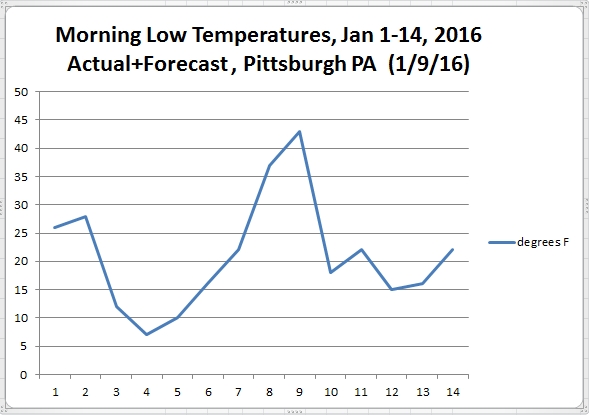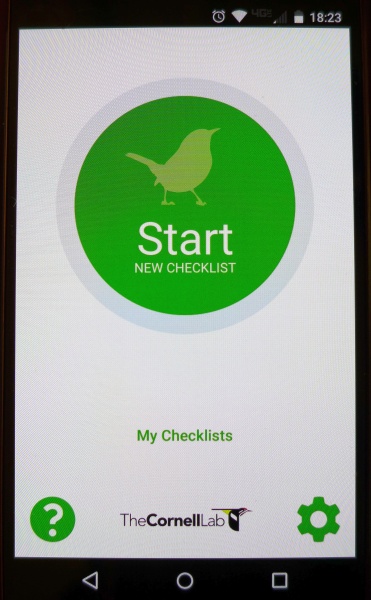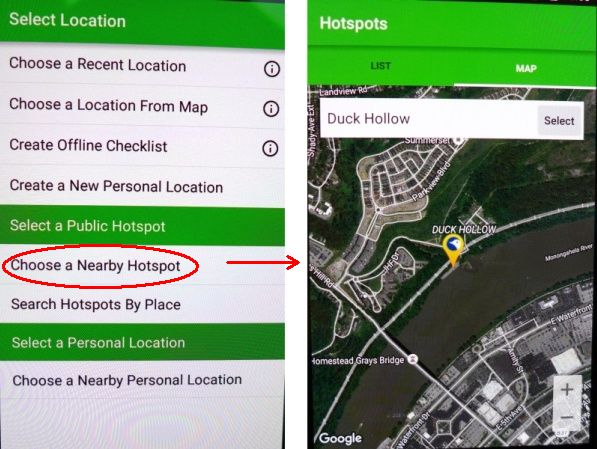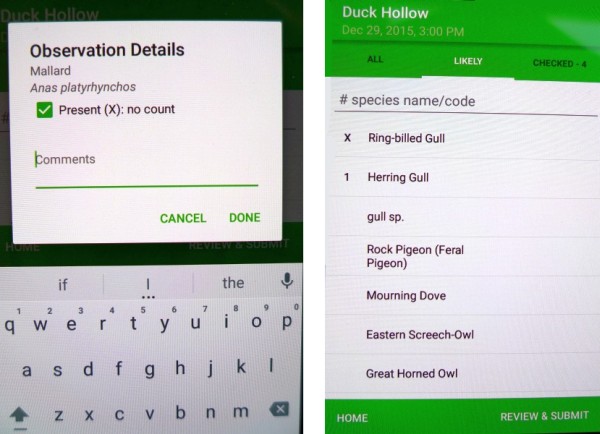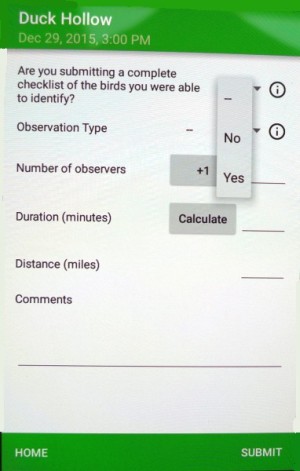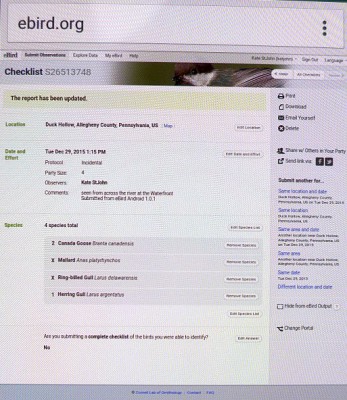
11 January 2016
Earth’s life history is in its rocks, layer upon layer, each one with a name. Even if we can’t name all the geologic periods, we know at least one of them because of a movie — Jurassic Park.
Geoscientists identify epochs by the fossils and minerals they find in them. Even the boundaries are interesting. The Cretaceous period ends in a thin line, called the K-Pg (was K-T) boundary, that contains iridium from the asteroid that killed the dinosaurs. There the Cretaceous period (K) ended and the Paleogene (Pg) began. Above the line are seven epochs including the Holocene, the most recent 11,700 years in which human population has expanded and thrived.
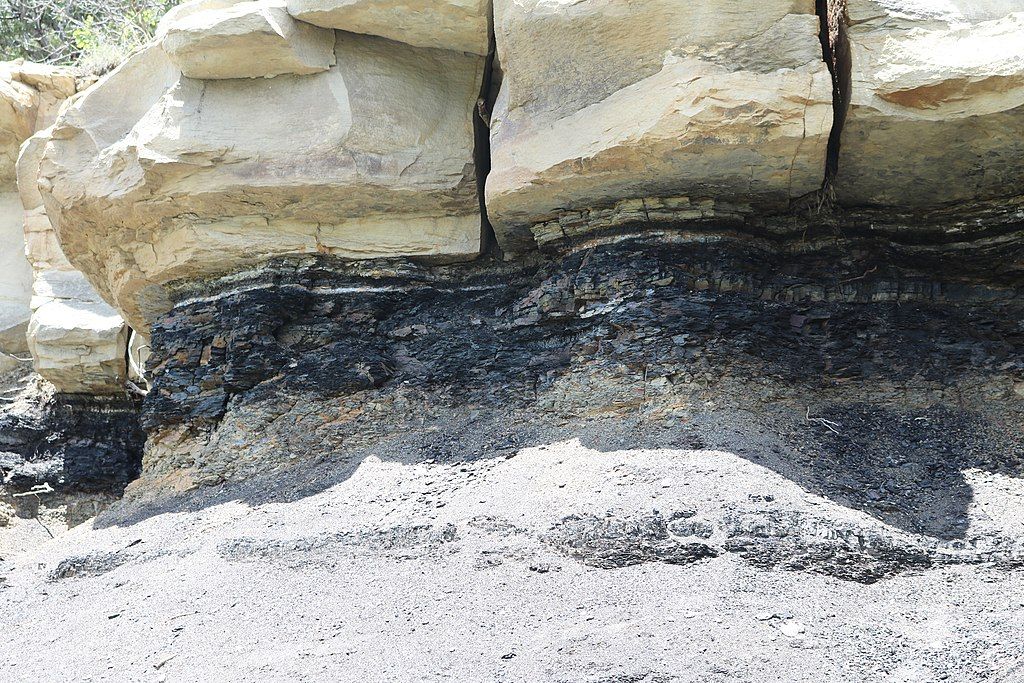
Now pretend you’re a geoscientist 10 million years in the future and you’re identifying epochs in the rocks. You see the K-Pg line and the seven epochs, and then on top of them, everywhere around the globe in rocks and ice, you find a layer containing substances never before seen on Earth or in outer space: aluminum, concrete, plastics, fly ash (below) and nuclear fallout.

The substances are so unique that, as a geoscientist, you must define this layer as a new geologic epoch and name it for its distinctive feature. The substances were created by humans. The epoch is called the Anthropocene.
Since atmospheric chemist Paul Crutzen first proposed the Anthropocene as a geologic epoch in 2000, the idea has taken hold in the scientific community. An international working group is studying the evidence to determine whether the epoch should be formally accepted into the geologic time scale by the International Union of Geological Sciences. Their recommendation is still postponed.
Meanwhile, the Anthropocene Working Group reported last week that the evidence is overwhelming. Here’s their description of the epoch from an earlier report:
Members of the international working group formally analyzing the Anthropocene suggest that the key turning point happened in the mid-twentieth century. This was when humans did not just leave traces of their actions, but began to alter the whole Earth system. There was a ‘Great Acceleration’ of population, of carbon emissions, of species invasions and extinctions, of earth moving, of the production of concrete, plastics and metals.
— Science Daily: Did the Anthropocene begin with the nuclear age?
Official or not, we’re certainly in it.
Welcome to the Anthropocene.
(photos from Wikimedia Commons. Click on the captions to see the originals)
- “anthropo-” = Greek for human, “-cene” = “new” and is the ending applied to all the epochs in the current era, the Cenozoic.
- The geologic terms epoch, period and era seem to be interchangeable but epochs are short time frames, periods are next in size, and eras are the longest. Click here for definitions.

